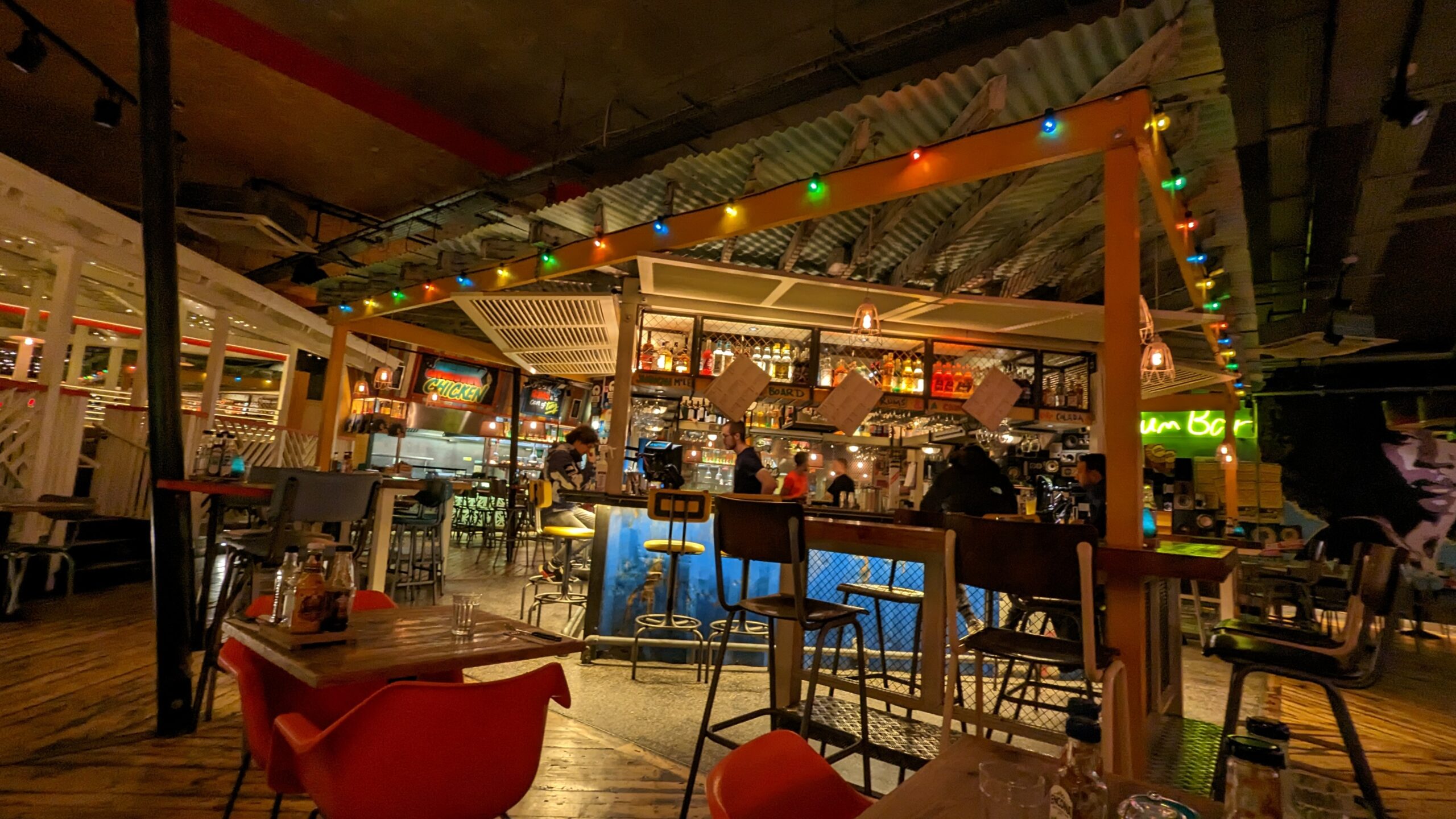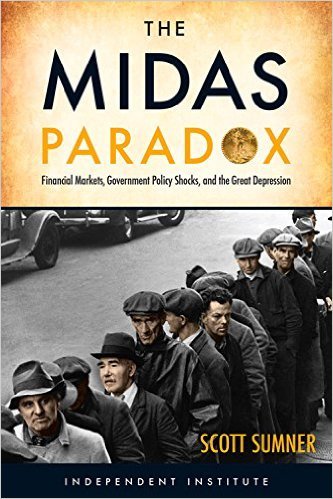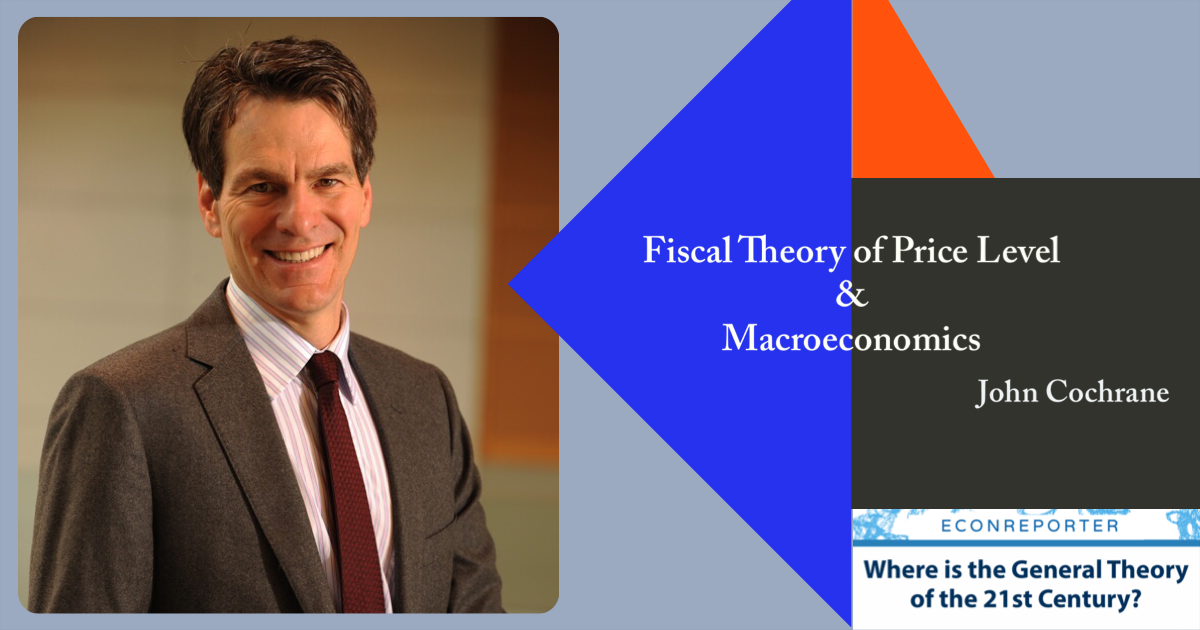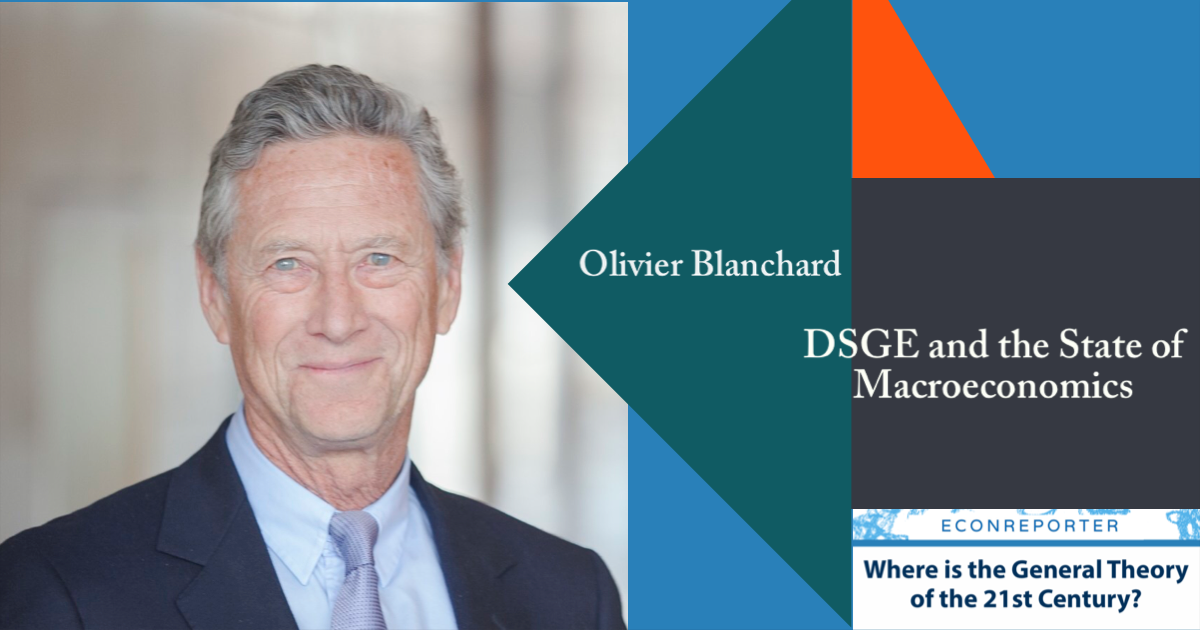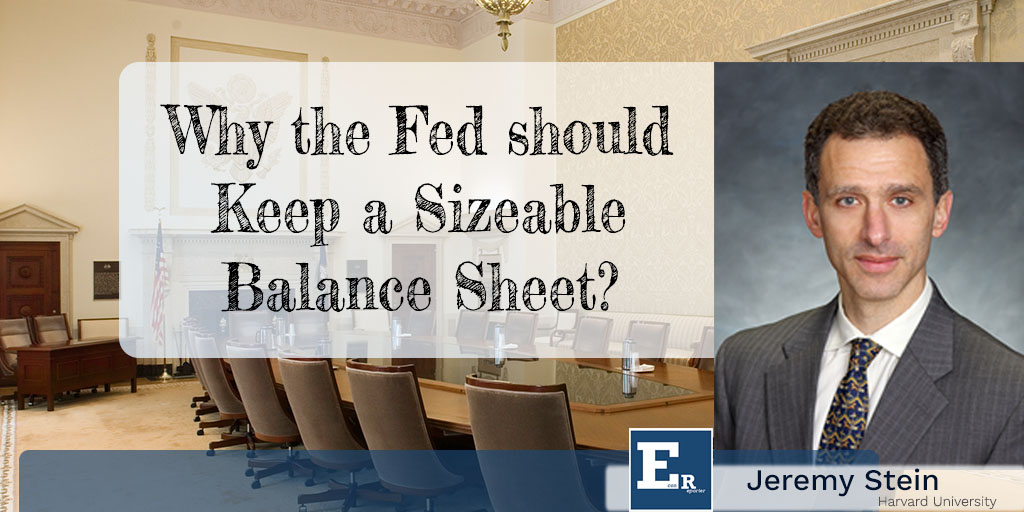Tipflation — inflation of tipping expenditures — has been an often-discussed topic in the North America since the Covid pandemic. Customers found that they are being asked for higher tip percentages and are suggested to tip in more retail settings that didn’t require tips, fueling tall sort of discussions relating to tipping culture.
Prior to Covid, 15% tips was considered the standard in places such as restaurants and bars; now 18% -30% are often suggested. Numerous surveys suggested the same trend: the one conducted by Restaurants Canada in April 2022 found that 44% the Canadians surveyed said they tipped more at table service restaurants after the pandemic. Digital payment processor Square, now renamed Block, said tips at full-service restaurants jumped 25.3% between Q3 2021 and Q3 2022.
Ink has been spilled on the subject, but one aspect of is much less discussed: Is tipflation even considered as part of inflation?
Or, to frame the question in a more technical way: are tips even counted as a part of consumer spending when national statistical agencies calculate their main inflation gauge — Consumer Price Index (CPI)?
It’s not included
Malik Crawford, economist at the Bureau of Labor Statistics, the US Department of Labor unit responsible for compiling the country’s CPI, told EconReporter in an email that “I can confirm that tipping is not a part of the CPI price collection process. Tipping definitely is not a part of the price change calculation process performed by CPI economists.” (Emphasis ours)
Why? Well, CPI is a measure of changes in prices paid by consumers for a basket of goods and services and it only includes payment that are “required” for consumers to purchase goods and services.
Tipping outlays, in a way, fall in a gray area. Are they really “required” before the consumers can get hold of the products or services they want?
Payment that are made without any specific goods or services expected in return is, conceptually, a “transfer”. For example, income tax is a transfer. While income tax revenue indirectly finances many public services, a private household does not receive any specific good or service in exchange for the amount of taxes paid. Hence, income tax payment and the use of most public services are excluded from the CPI.
Tip, as explained in the CPI Reference Paper of another North American statistics office, Statistics Canada (StatCan), is generally defined as a transfer, similar to gifts and donations to charities — it’s not a straightforward payment for any good or service and is considered as “gift” to the service sector workers.
Hence, it’s not considered as part of CPI calculations.
But wait, is it really?
Similar treatment of gratuities is also suggested by the Consumer Price Index Manual: Concepts and Methods, an international CPI calculation methodology reference published by International Monetary Fund together with World Bank, Eurostat, International Labour Organization, OECD and the United Nations Economic Commission for Europe. The Manual stated that “[n]oncompulsory tips or gratuities are considered gifts and are outside the scope of a CPI.”
But wait! After that sentence, the Manual goes on to state that:
“There may be cases, however, where gratuities are compulsory, and in these cases, the payment should be included in the expenditure on, and the price of, the good or service in question. For example, where restaurants include a compulsory service charge on the bill, this would be included in a CPI.”
“In cases where payment of a tip or gratuity is customary, although not compulsory, it could be argued that because payment of a tip is expected, it should be included in both the expenditure and the price.”
The authoritative CPI method manual actually says that when tipping is considered compulsory, or when the tip became an “expected” part of the price for the transaction, it should be included in the CPI.
In practice, the challenge is data reliability
All talks of concepts aside, how do national statistics offices handle tips in CPI calculation in practice?
In a response to our enquiry, StatCan explained that it indeed excludes tips from the prices it collected, for example, for food purchased from restaurants, same as the BLS.
The exclusion, however, is not only due to the aforementioned conceptual arguments. It is also because reliable data on gratuities are difficult to access.
Statistical agencies usually include tip income in their national wages and earnings data. But tip income data are almost always underreported, as gratuities can be given in form of cash without black and white records; the exact amount, while largely follows social norm in general, are not exactly pre-determined and can vary depending on the customers’ choice.
These make accurate data on tipping income difficult to obtain. Reliable tip expenditures data, which tracks individual consumers’ spending on specific transactions, are even harder to collect.
It’s still in there!
Nonetheless, turns out it’s still incorrect to say that CPI can’t capture tipflation at all, as a representative from StatCan told us that spending on tips are likely reflected in the CPI through its basket weightings.
To calculate CPI, statisticians have to collect data on prices for goods and services as well as how much consumers spend on each of those goods and services. They compute a weighting for each good or service to represent a typical consumer’s allocation of monthly spending among different purchases.
For example, in Canada, food purchased from restaurants has a 5.61% weight in the CPI calculation; which means, say, a 10% increase in the cost of food purchased from restaurants contributes to a 0.561 percentage point rise in the overall CPI growth rate over the same period.
“Despite these (aforementioned) data limitations, tips are typically calculated as a percentage of a meal cost and therefore should rise or fall at the same rate as changes in the index of food purchased from restaurants. Their inclusion in the expenditure weights reflects this,” StatCan told EconReporter in an email.
StatCan estimates its CPI weightings using data from its Household Final Consumption Expenditure, part of its GDP calculation, among other sources such as Survey of Household Spending. These data sources include Canadians’ tips spending as part of their expenditure for food in restaurants.
Similarly, the BLS derives CPI weightings from its Consumer Expenditure Survey (CES), which aims to provide data on expenditures, income and demographic characteristics of US consumers. Representative from the CES program, in response to our enquiry, confirmed that, “in general any tip that might be left by a consumer would be captured in the cost they reported for the expenditure.”
While tipping percentage has been rising in recent years, if the pace of increase is relatively stable, annual revision of CPI basket weightings should still be able to incorporate the change in the data. Tipflation is, in practice, part of the measured inflation.
However, if tipping culture changes rapidly and the tipping percentage jump up or down constantly, it would be much harder for CPI to reflect them.
“The only way the change in the tips portion would differ from that of restaurant meals is if the size of the average tip changes over time, for example, Canadians start tipping 20% in some months, while tipping 15% or 12% in other months,” StatCan said, then “we would need reliable data on tipping percentages over time in order to infer anything as far as CPI calculation.”
--- Follow us on Bluesky and Google News for our latest updates. ---




